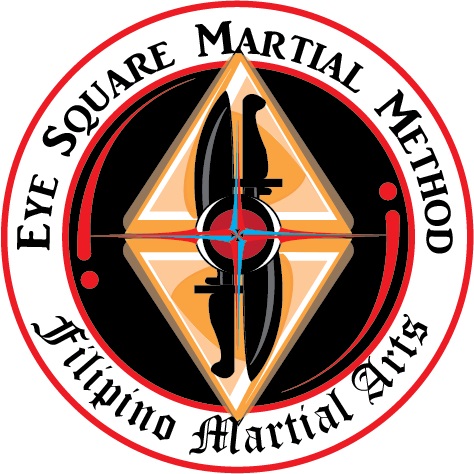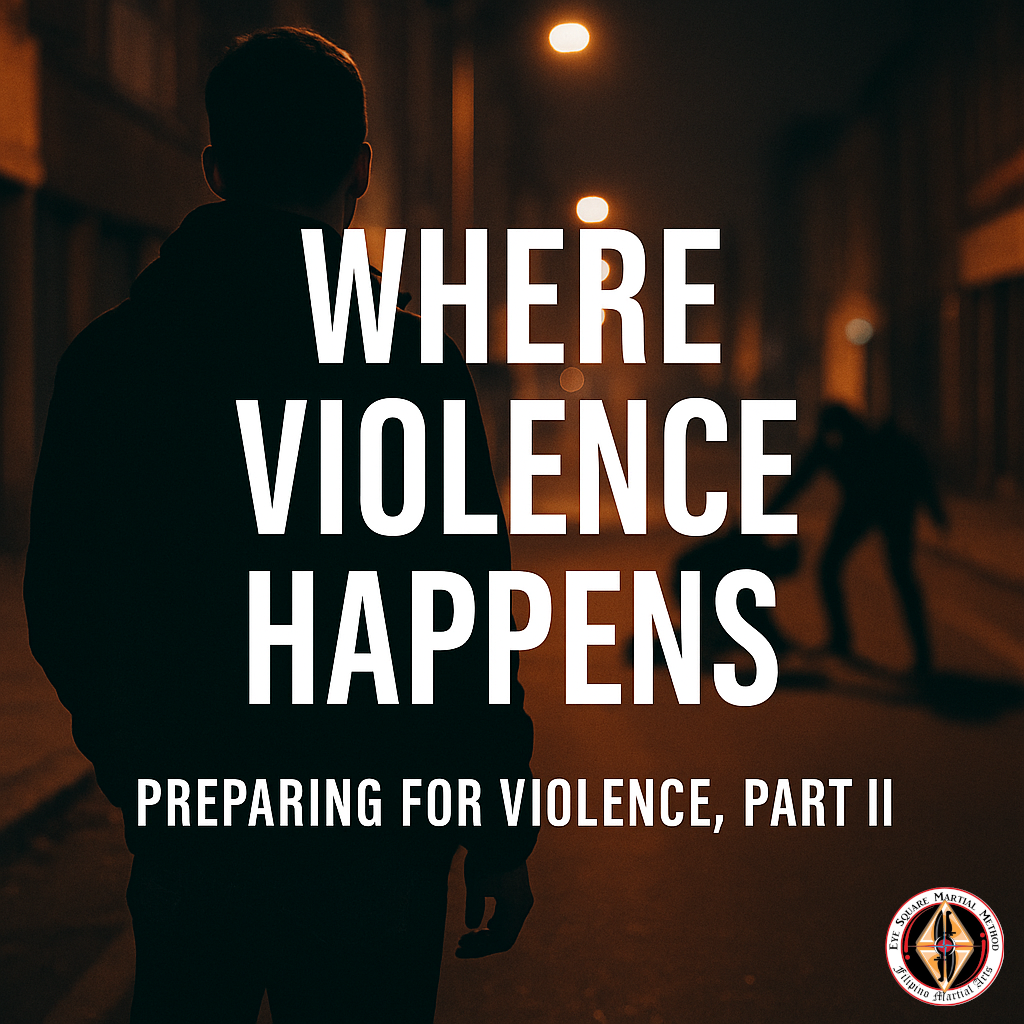Prepared, Not Violent is an ongoing series from Eye Square Martial Arts exploring how martial artists can understand, avoid, and prepare for real-world violence—without becoming consumed by it.
This is Part II: Where Violence Happens
I used to think violence just… happened. Random. Unpredictable. But as I’ve grown in my understanding of human behavior—and thanks to some great sources like Rory Miller—I’ve realized there’s often a pattern.
Some of what Miller lays out is so head-slappingly obvious in hindsight, I’ve literally muttered to myself, “Well duh, Brandon.”
“Best defense: not be there.”
— Mr. Miyagi
Here’s a concept worth drilling into:
There are five common environments where violence tends to occur. Understanding these can help you avoid trouble before it starts.
1. Places Where Minds Are Altered
Alcohol, drugs, and adrenaline all change how people behave—and not for the better. Bars, clubs, house parties… all ripe for interpersonal conflict. A high percentage of violent incidents involve intoxication. Impaired judgment makes stupid decisions easier.
2. Places Where Young Men Gather
Statistically, most violent crime is committed by men under 24. Testosterone, ego, peer pressure—it’s a cocktail that doesn’t need much to go sideways. A big group of young guys with something to prove is a red flag.
3. Territories in Dispute
This can be literal—gang boundaries, disputed land—or symbolic, like sports rivalries. “My team’s better than yours!” often escalates into “Hold my beer.” The tribal instinct runs deep, and perceived threats to identity or territory can trigger violence fast.
4. Places Where You Don’t Know the Rules
Every subculture has unspoken rules. Walk into a biker bar acting like a frat king? Bad move. The social dynamics might be invisible to you, but that doesn’t mean they don’t exist—or that you won’t pay the price for breaking them.
5. Places Without Witnesses
Nature might be beautiful, but it’s also brutal. A lot of assaults happen on isolated trails, in remote parks, or just off busy streets—alleys, parking structures, stairwells. Predators prefer places where no one’s watching. So should you—just in the opposite way.
You can stack these danger zones, too.
Take a college football game where a rival team is in town. You’ve got:
- A huge crowd of young men,
- Drinking like fish (minds altered),
- Defending their team’s honor (territory),
- Visiting unfamiliar bars (rule confusion),
- And dark parking lots nearby (no witnesses).
Congratulations. That’s a violence cocktail with a twist of regret.
When you’re trying to keep yourself and your people safe, where you are matters just as much as who you are.
Yeah, it sounds obvious. But Western society likes to sell us the idea that we should feel safe anywhere, all the time.
And sure, that’s a nice thought. But reality?
Reality is waiting to high-five your face… with a 2×4.


